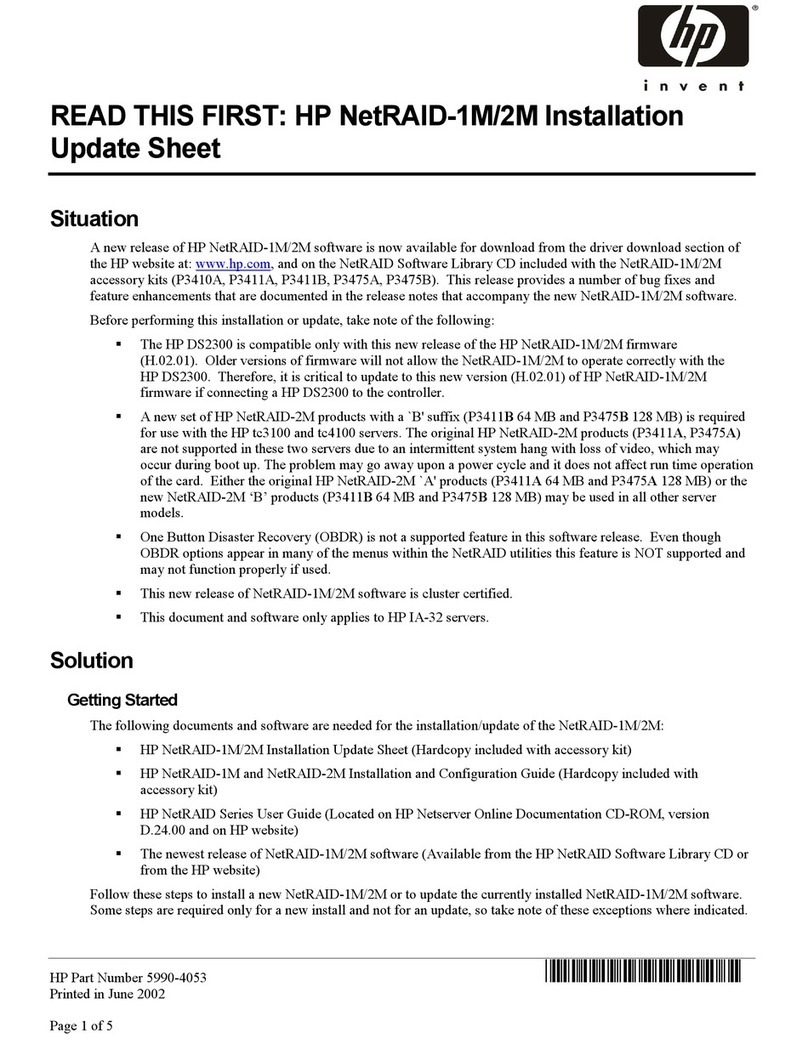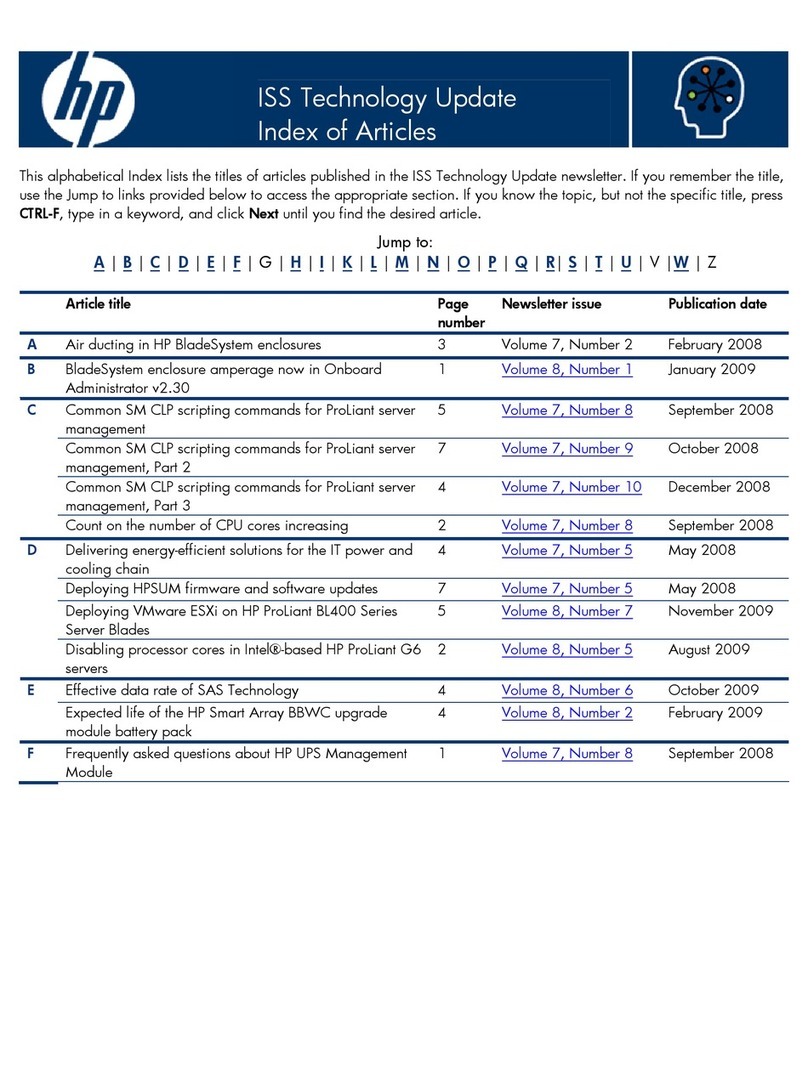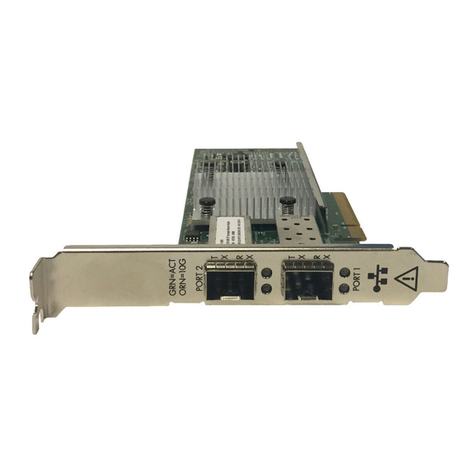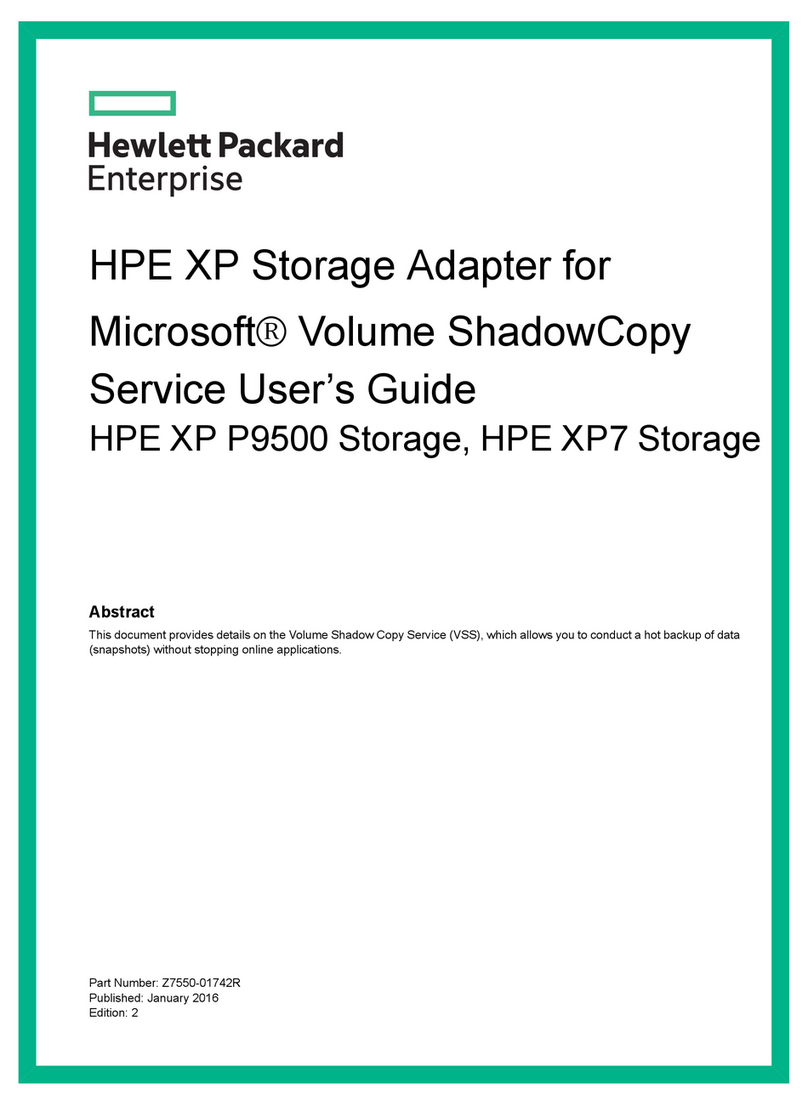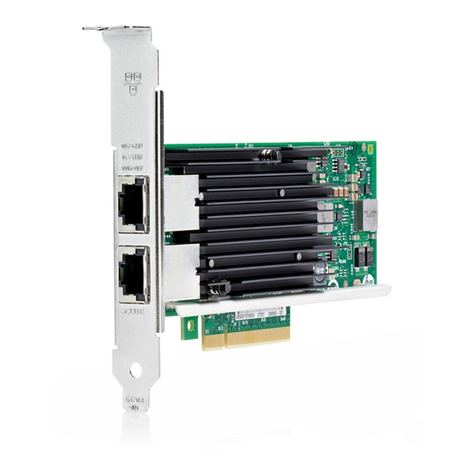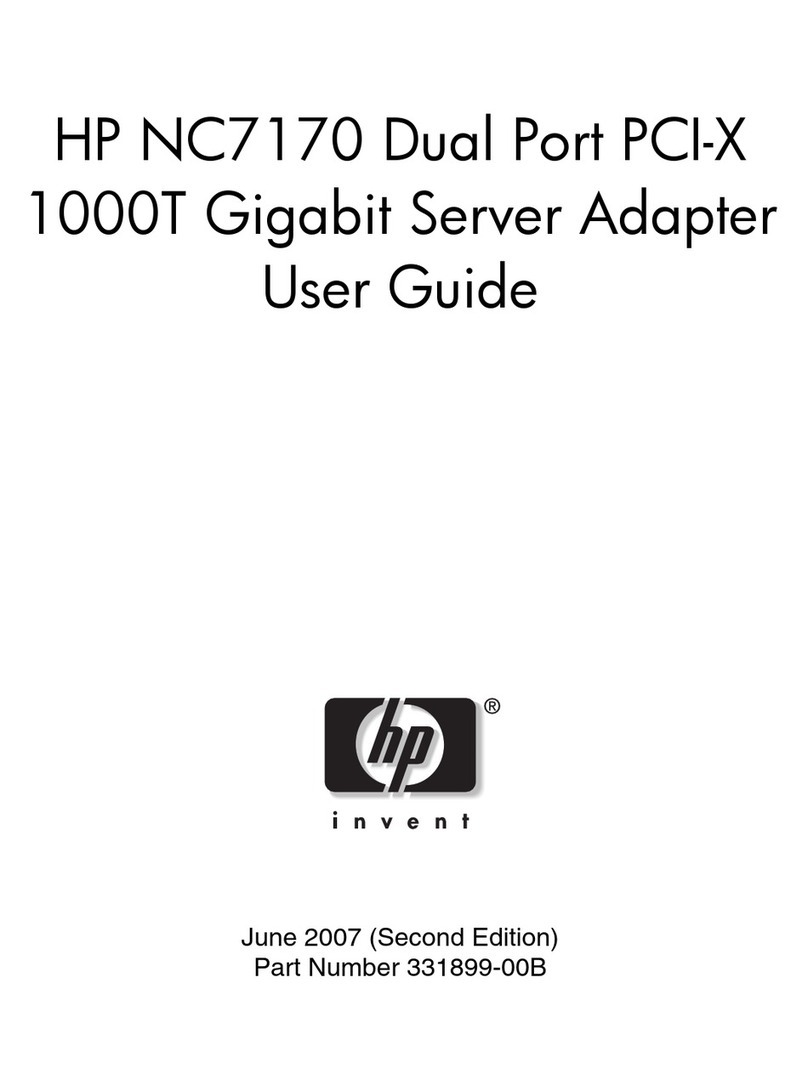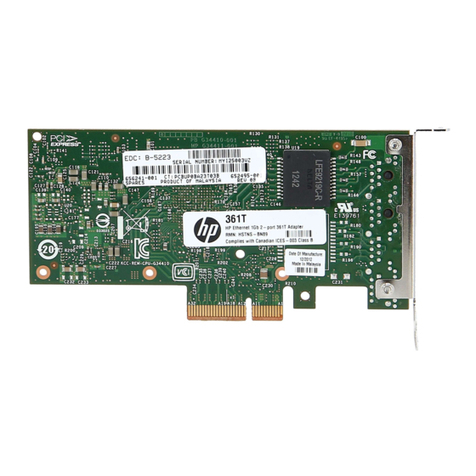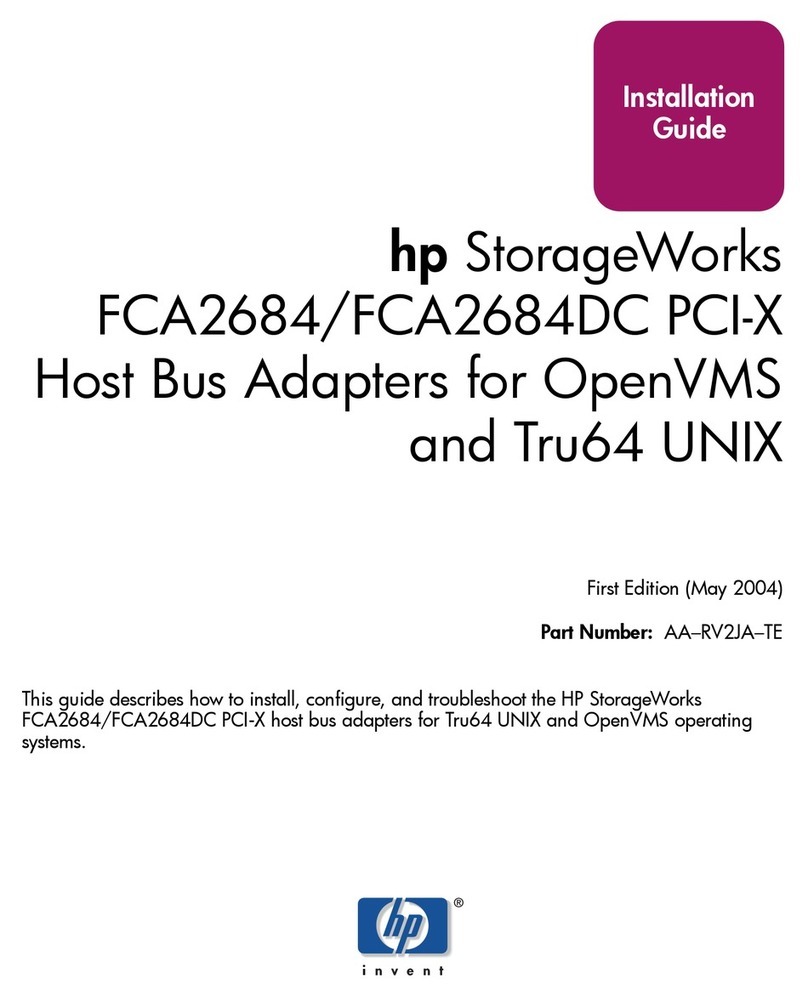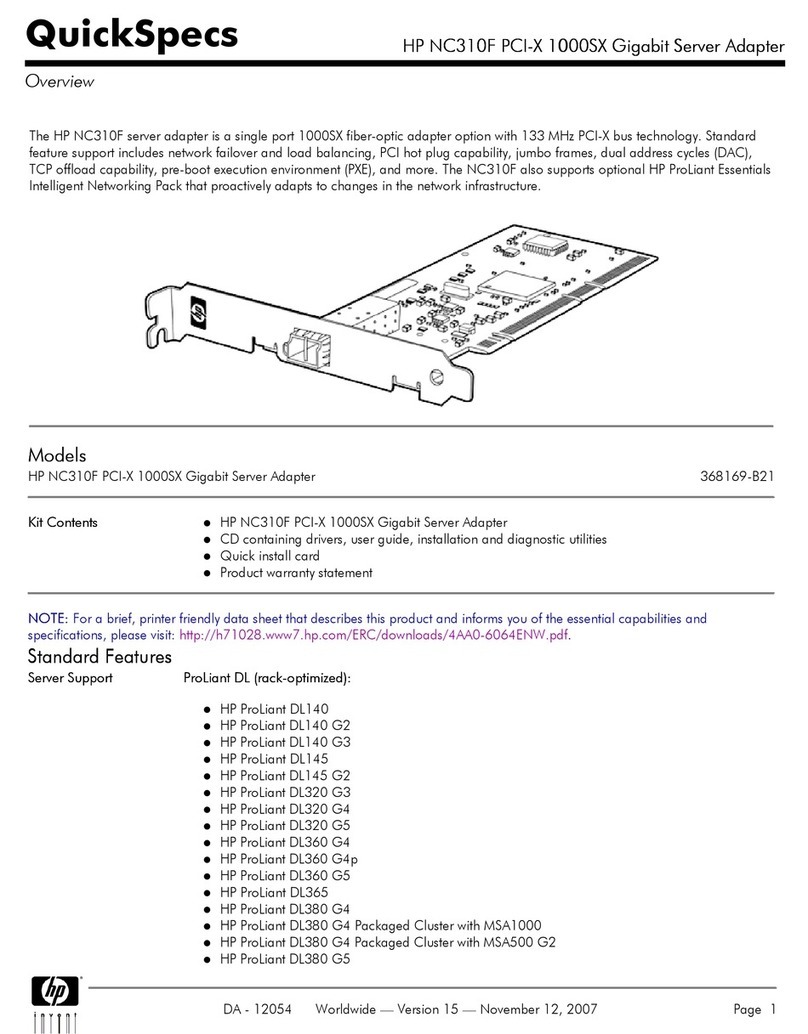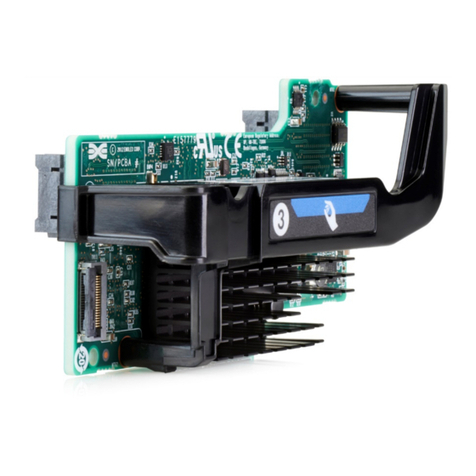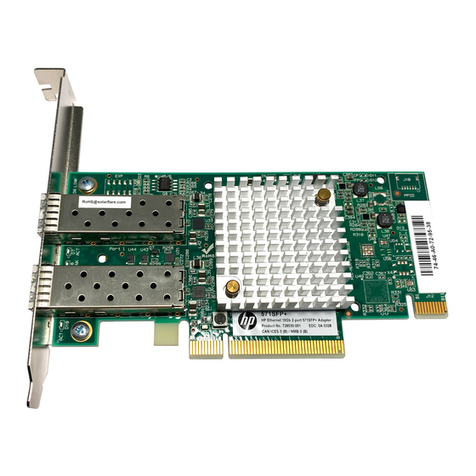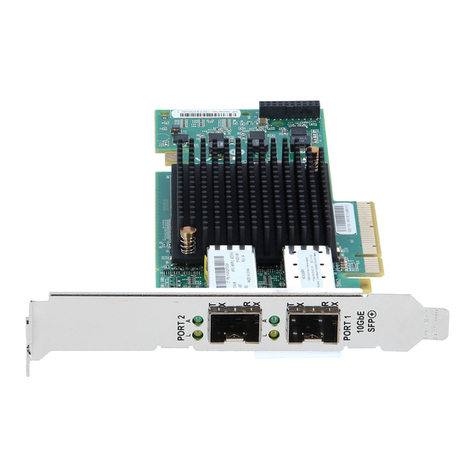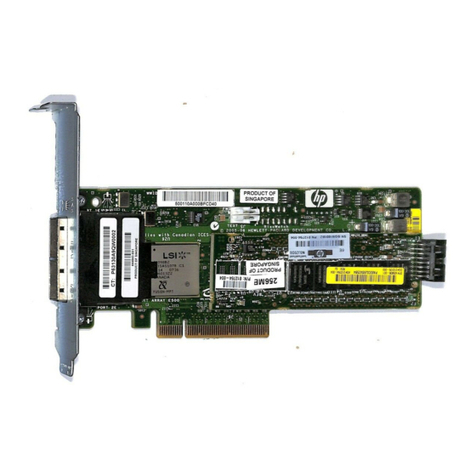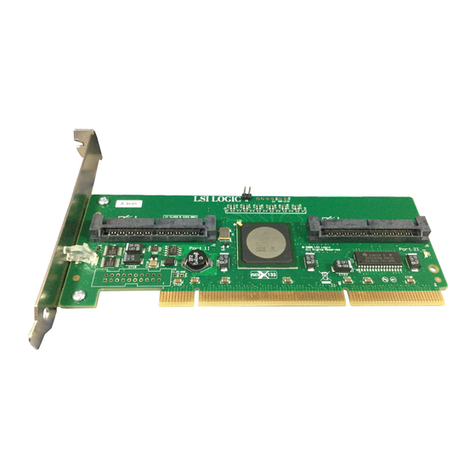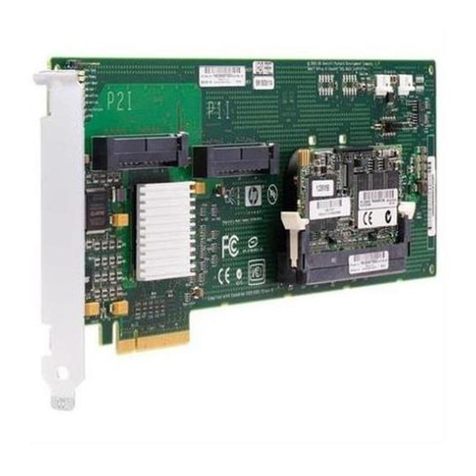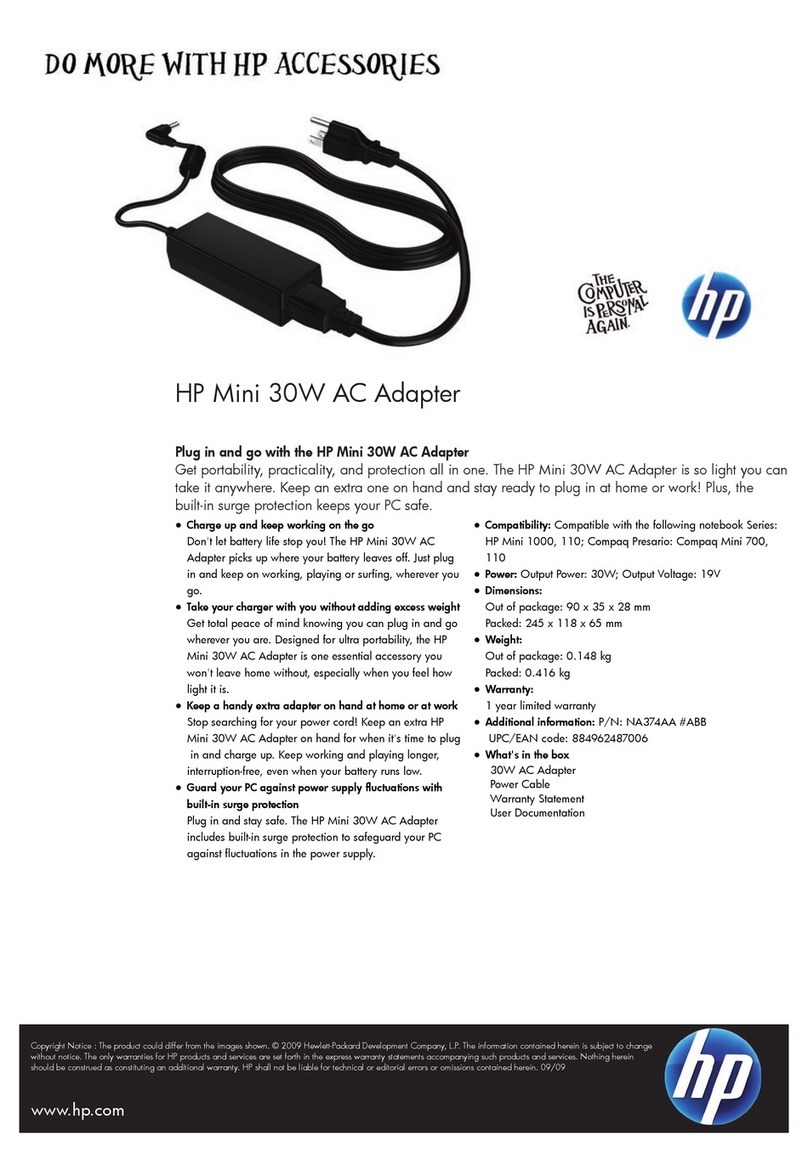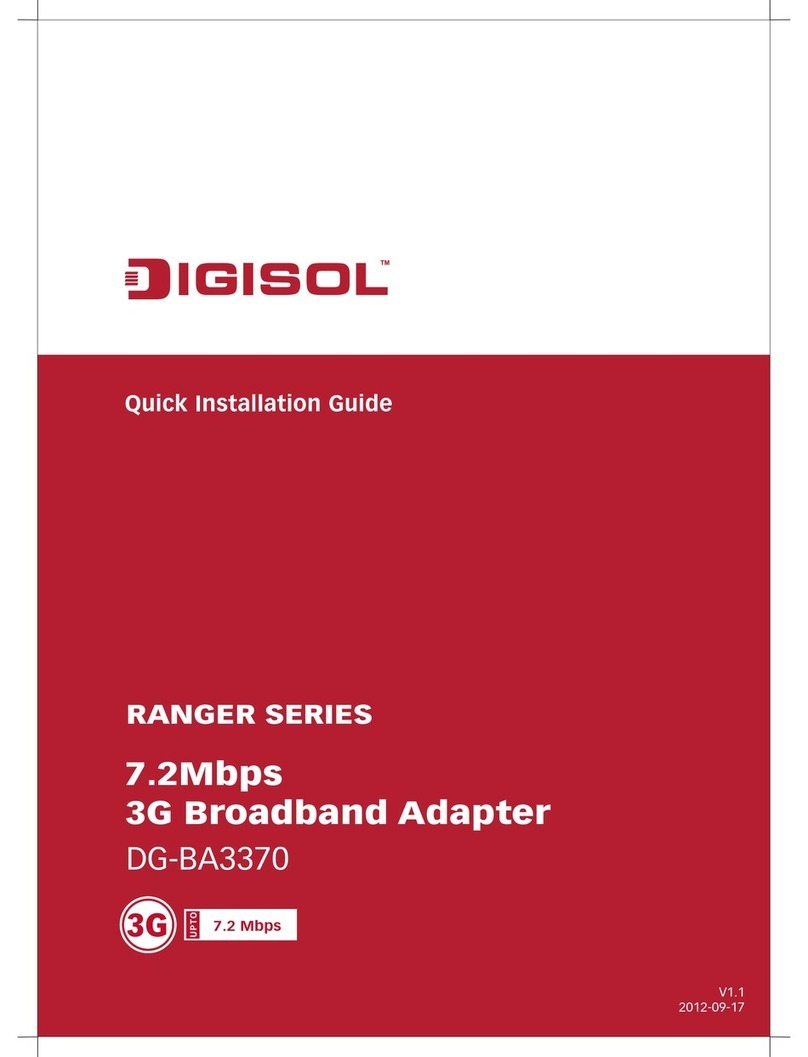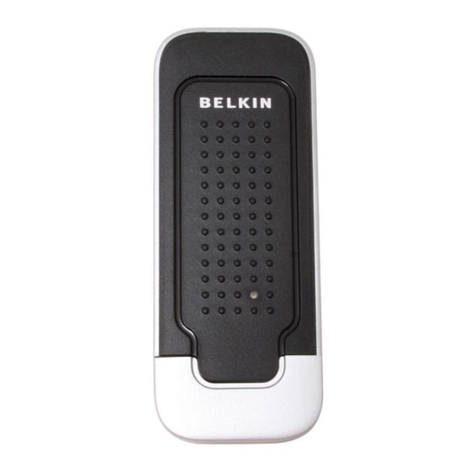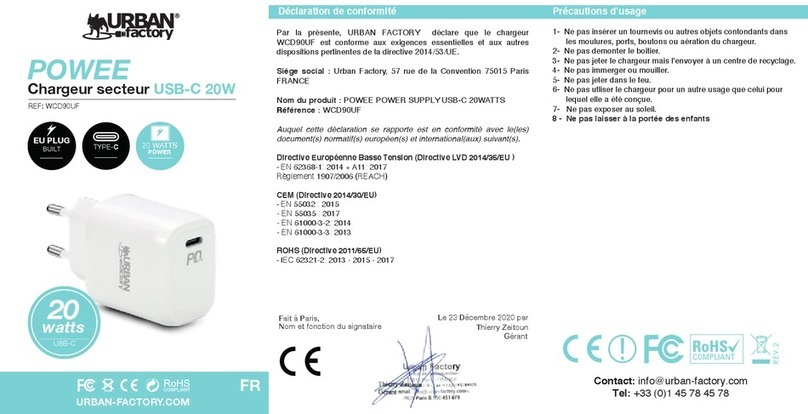
Abstract
This technology brief explores the issue of single points of failure within storage networks and how
pathway redundancy addresses this problem. Appendix B of this brief explains the technologies that
enable redundant storage networks and why the implementation is dependent upon serial drive
technology. The differences between Serial Attached SCSI (SAS) and Serial ATA (SATA) drives are
explored as well. This brief also provides insight into how HP will implement redundant storage
networks in various enterprise configurations.
Introduction
Using dual-domain and dual-path architectures creates redundant pathways from servers to storage
devices. The redundant paths created by these configurations reduce or eliminate single points of
failure within the storage network. The technologies discussed in this brief employ single and dual-
ported serial hard drives and dual controllers, or dual-ported controllers, to provide dual-paths from
the server. This provides increased levels of high availability with redundant paths from the controller
to the drives.
Dual-domain SAS implementations make it possible to tolerate host bus adapter (HBA) failure,
external cable failure, expander failure, failure in a spanned disk (JBOD) environment, and failure in
Redundant Array of Independent Disks (RAID) environments.
Dual-path SATA implementations provide some lower cost solutions that cover cable failure, but not
the full redundancy of a SAS dual-domain solution. The dual-path solution uses a single domain
method of providing tolerance to cable failure.
One of the key differences between dual-domain and dual-path architectures is the use of SAS or
SATA drives. Dual-port SAS drives can provide the advantages of complete pathway redundancy in a
dual-domain configuration. Customers seeking lower cost solutions can employ single port SATA
drives in a dual-path configuration.
Why dual-domain SAS is important
The INCITS T10 Technical Committee defines a SCSI domain as “the interconnection of two or more
SCSI devices and a service delivery subsystem.”1When any part of the pathway in this single
domain fails, there is no secondary, or redundant, pathway to allow continued data transfer.
Historically, the rates of failure are higher in connectors, cabling, and highest of all in hard drives.
The higher failure rates are the result of the mechanical connection points and moving parts
in these components.
inherent
Dual-domain SAS creates an additional domain to address this single domain pathway failure. The
additional domain uses an open port on an HP Smart Array controller that is capable of supporting
dual-domain SAS. The second port on the dual-domain capable Smart Array controller generates a
unique identifier and can support its own domain. To take advantage of multiple domains, SCSI
devices must be dual-ported and connected to pathways in both domains. SAS drives can meet that
requirement.
Dual-domain SAS solutions continue to offer higher reliability, performance, and data availability than
SATA, while SATA provides higher capacities and a lower cost point. In addition the Enterprise class
SAS drives, HP has broadened the hard drive offerings with a new Midline class of SATA and SAS
drives. These Midline drives are high capacity, ranked in cost as lowest dollar per GB for their
performance class, and designed with higher reliability and performance than entry level drives.
These drives are appropriate for high-capacity environments such as external storage, backups,
1INCITS T10 Technical Committee- http://t10.t10.org/ftp/t10/drafts/smc2/smc2r07.pdf
2


